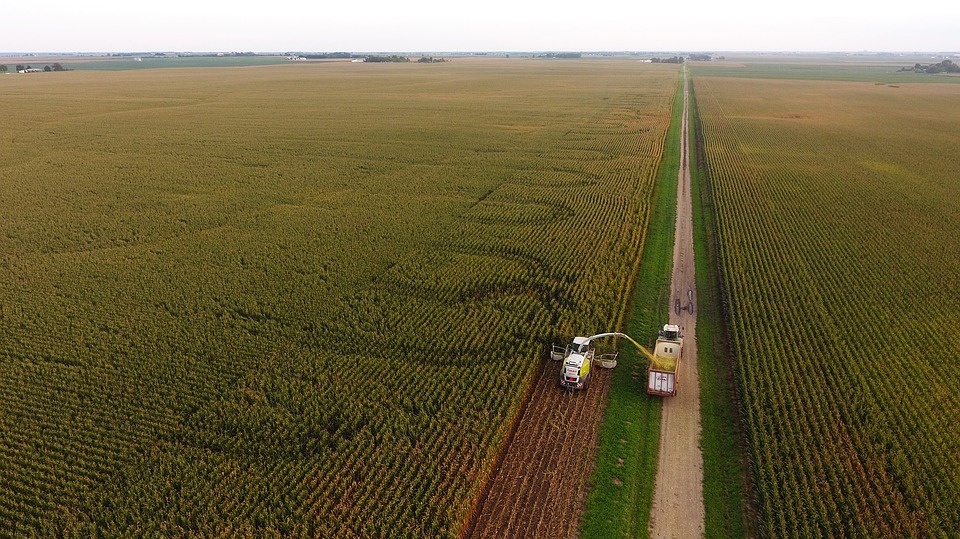Study influence of agro-industries on air quality in Thailand
The estimated monthly emissions inventory was compared with the air monitoring data obtained from the monitoring stations.

- Country:
- Thailand
Inventories of annual and monthly emissions in the northern, central and northeastern provinces of Thailand, where agriculture and related agro-industries are very intensive, were evaluated the contribution of agricultural activity on air quality monitored in corresponding provinces.
In Journal of Environmental Sciences Volume 52 titled Influence of agricultural activities, forest fires and agro-industries on air quality in Thailand, monthly inventories of emissions of atmospheric pollutants or particulate matter (PM), NOx, and SO2 were estimated for various agricultural crops based on information on the level of production of typical crops: rice, corn, sugar cane, cassava, soybeans and potatoes that use factors of emission and other parameters related to the specific values of the country, taking into account the type of crop and the period of local combustion of the waste.
The estimated monthly emissions inventory was compared with the air monitoring data obtained from the monitoring stations operated by the Thai Pollution Control Department (PCD) to validate the estimated emissions inventory.
The agroindustry that has the greatest impact in the regions evaluated is the sugar processing industry, which uses sugarcane as raw material and its waste as fuel for the boiler.
The analysis of the posterior trajectory of the air mass arriving at the PCD station was calculated to confirm this influence. For the assessed provinces located in the North and Northeast of Thailand, agricultural activities and forest fires are closely related to the environmental concentrations of PM, while their contribution to the production of gaseous pollutants is less.










